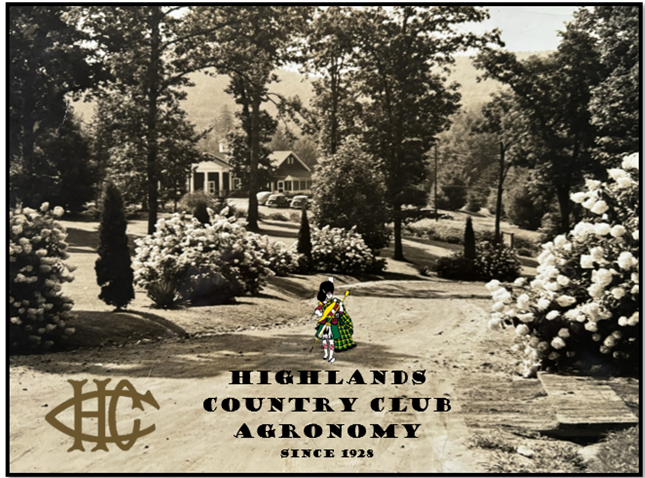For the next two days, the golf course will be treated wall to wall (one end to the other, not missing any turf) with a safe insecticide aimed at preventing the egg hatch of a number of Beetle species, Japanese Beetles being the most common. In the next couple weeks, beetles will begin laying eggs in the soil. When these eggs hatch, the larval stage becomes the most destructive stage of their lives. Not only do the larva (commonly referred to as "white grubs") feed on the roots of grass, but other animals, like racoons, skunks and even wild hogs, dig up the turf in search of this nutritious meal. This type of damage becomes evident in late August through October. Our goal is to allow the beetles to lay their eggs and then cut off the cycle at that point. If the eggs don't hatch, we don't have to worry about the rest of the stages. As you can imagine, the timing of this application is critical. Being too early or too late means less than desirable results. The life cycle of a Japanese Beetle is shown above.


